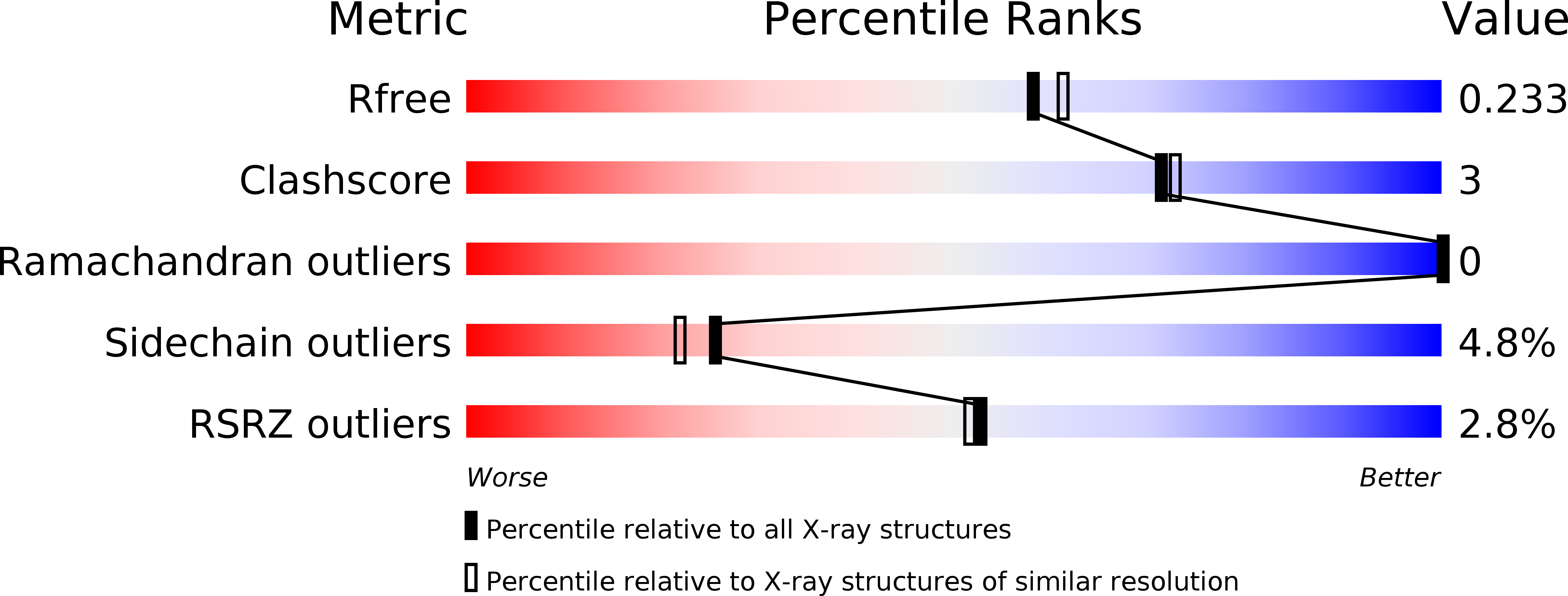
Deposition Date
2014-03-25
Release Date
2014-05-14
Last Version Date
2023-12-20
Entry Detail
PDB ID:
4P6Q
Keywords:
Title:
The crystal structure of the Split End protein SHARP adds a new layer of complexity to proteins containing RNA Recognition Motifs
Biological Source:
Source Organism:
Homo sapiens (Taxon ID: 9606)
Host Organism:
Method Details:
Experimental Method:
Resolution:
2.00 Å
R-Value Free:
0.23
R-Value Work:
0.19
R-Value Observed:
0.19
Space Group:
P 21 21 21


